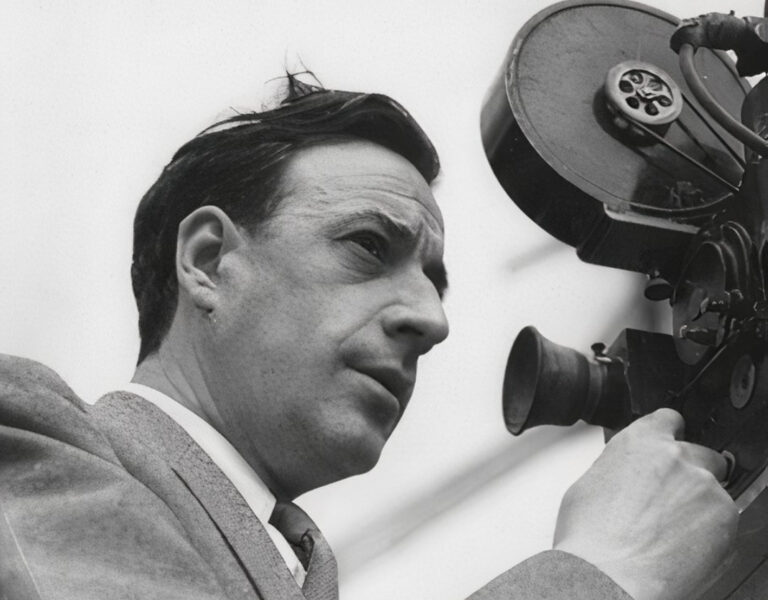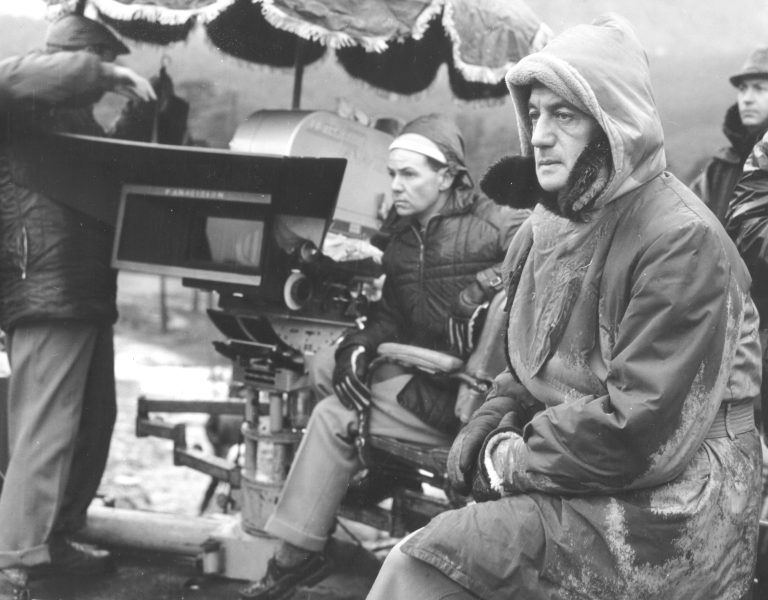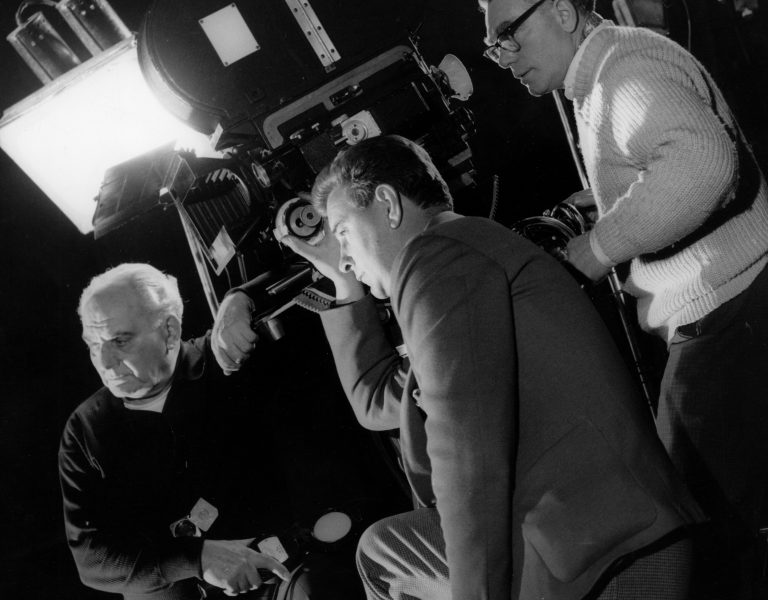Illuminating legacy
This extract from the BSC’s Preserving the Vision book celebrates John Alcott BSC, renowned for his standout collaborations with Stanley Kubrick.
John Alcott BSC was born in 1931 in Isleworth. He was the son of movie executive Arthur Alcott who worked as production controller at Gainsborough Studios during the 1940s.
Alcott began his film career as a clapper boy and by the early 1950s he was part of Geoffrey Unsworth OBE BSC’s camera crew. He worked his way up to focus puller with Unsworth on films such as A Town Like Alice (1956, dir. Jack Lee), Tiger in the Smoke (1956, dir. Roy Ward Baker) and A Night to Remember (1958, dir. Roy Ward Baker), the first dramatic film about the sinking of the Titanic. The year 1968 was a turning point in his career when he joined the camera team on Stanley Kubrick’s 2001: A Space Odyssey (1968). When Unsworth left the project to meet other commitments, Alcott was promoted and photographed the opening ‘Dawn of Man’ sequence; a seminal moment in his relationship with Kubrick.
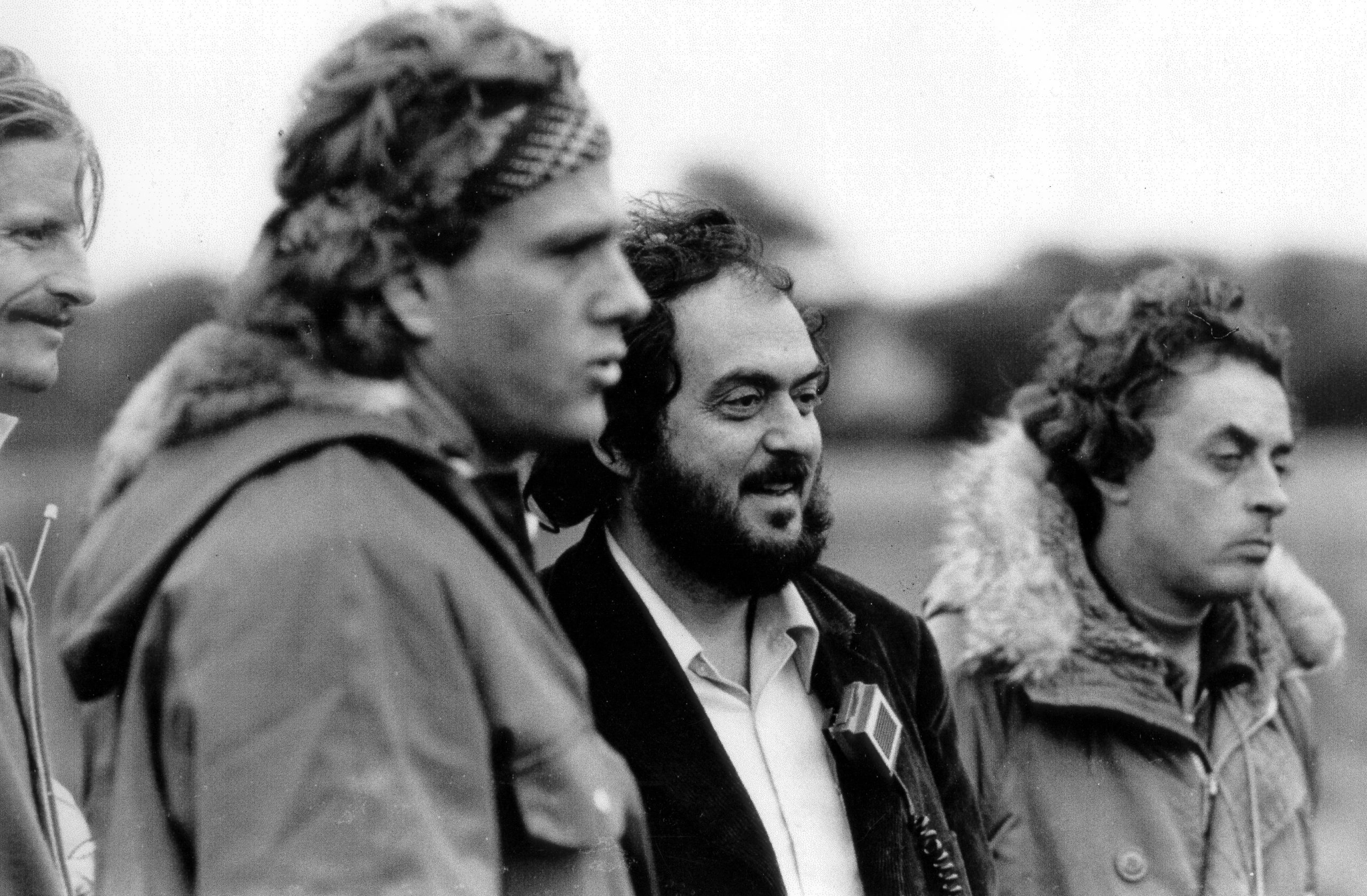
Alcott preferred lighting that appeared natural and did not draw attention to itself, an approach which meshed perfectly with Kubrick’s own. They developed this aesthetic in two landmark films, A Clockwork Orange (1971) and Barry Lyndon (1975), which incorporated scenes shot entirely by candlelight. To get the look they wanted, the team used Hasselblad stills lenses developed by Carl Zeiss for NASA on the Apollo moon mission. The lenses had the widest aperture mathematically possible: f/0.7. They were adapted for use on a Mitchell camera by Ed DiGiulio of Cinema Products.
Alcott won an Academy Award for his work on Barry Lyndon, considered one of the most visually beautiful movies ever made. In the words of author Jon C. Hopwood: “Alcott realised Kubrick’s vision by evoking the paintings of Corot, Gainsborough, and Watteau, creating gorgeous tableaux. It was the aesthetic opposite of the cubism evoked by A Clockwork Orange.”
Alcott, who shot films and television commercials in the UK, moved to the US in 1981 in order to obtain more steady work than the ailing British film industry could offer. He made two films for prolific director/producer Roger Spottiswoode: Terror Train (1980) and Under Fire (1983).
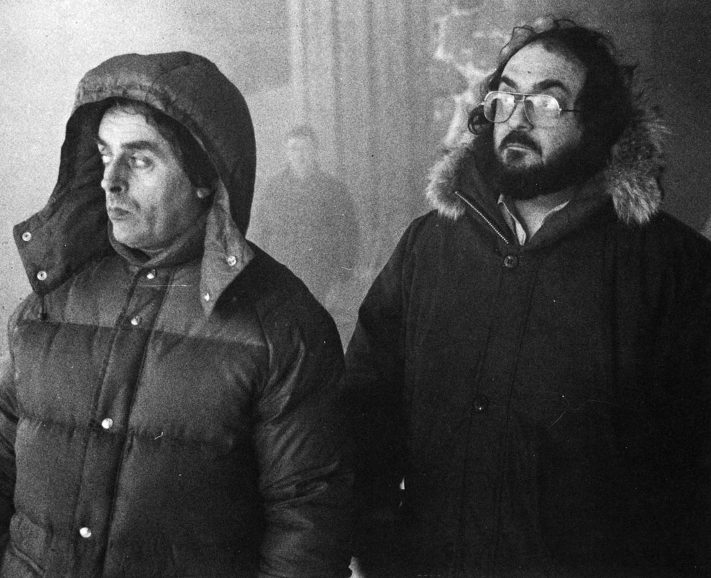
His non-Kubrick films could best be described as ‘eccentric’, but he was able to bring his outstanding visual quality to such movies as Fort Apache, The Bronx (1981, dir. Daniel Petrie), The Beastmaster (1982, dir. Don Coscarelli) and Hugh Hudson’s Greystoke: The Legend of Tarzan, Lord of the Apes (1984).
Alcott suffered a heart attack and died on 28 July 1986 whilst on holiday in Cannes, France. His last film, No Way Out (1987, dir. Roger Donaldson), was dedicated to his memory. The British Society of Cinematographers named one of its awards the BSC ARRI John Alcott Memorial Award in his honour, commemorating his role as a lighting cameraman in the development of film as an art form.
His other credits include March or Die, Who’s Killing the Great Chefs of Europe?, The Shining, and Triumphs of a Man Called Horse. Selected awards include the Oscar, BAFTA and BSC Award for Best Cinematography for Barry Lyndon, a BAFTA nomination for A Clockwork Orange, and BAFTA and BSC nominations for Greystoke: The Legend of Tarzan, Lord of the Apes.
Preserving the Vision
This piece was adapted from the book, Preserving the Vision. Compiled and edited by Phil Méheux BSC and James Friend ASC BSC, the book celebrates the history of the British Society of Cinematographers along with biographical details of every member since its inception in 1949 plus listings of their awards and notable credits.
The book can be purchased from the BSC by contacting Helen Maclean at helen@bscine.com. All profits will benefit the Film & TV Charity.



